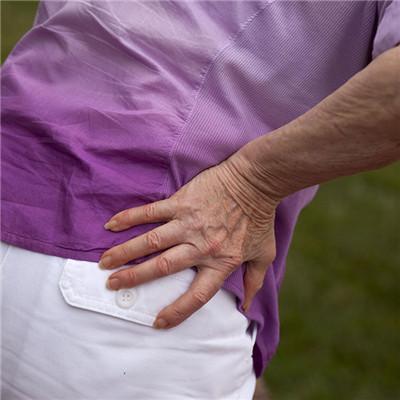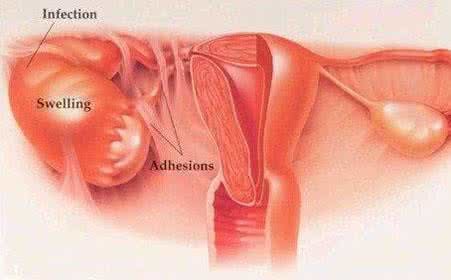What disease is pigmented purpura?
summary
Pigmented purpura can cause papules, purpura, mossy like damage, spots, pigmentation and other phenomena. To accurately diagnose pigmented purpura, we must first understand the difference between the specific symptoms of pigmented purpura and other diseases. So, what disease is pigmented purpura? Now let's talk about it.
What disease is pigmented purpura?
Progressive pigmented purpuric dermatosis (progressive pigmented purpuric dermatosis): also known as schamklcrg disease (Schamberg disease), is more common in adult men, and occurs around the legs and ankles. At the beginning, it was the big light red silt spots on the needle, gradually concentrated into pieces, showing brownish red, and gradually changed to brownish brown in the center. Its edge was like pepper, and new silt spots constantly appeared. The number of lesions varies, and then it can heal itself.
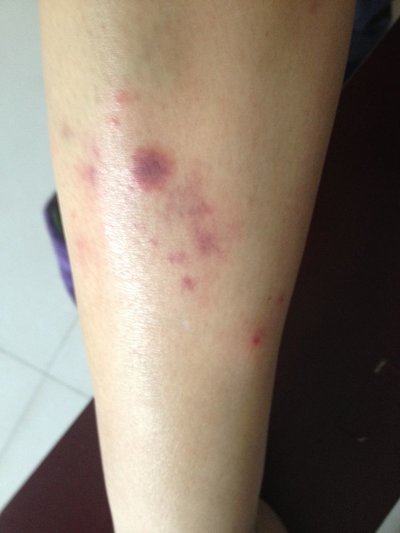
Pigmented purpuric lichenoid dermatosis, also known as gomgrot: and Blum disease, is more common in middle-aged men, and occurs in the lower leg. At the beginning, it was a small scattered bright red to brownish red lichenoid papule, then turned to yellowish brown, accompanied by purpura damage. It can be arranged in clusters or merged into patches with unclear boundary. The itching was obvious.
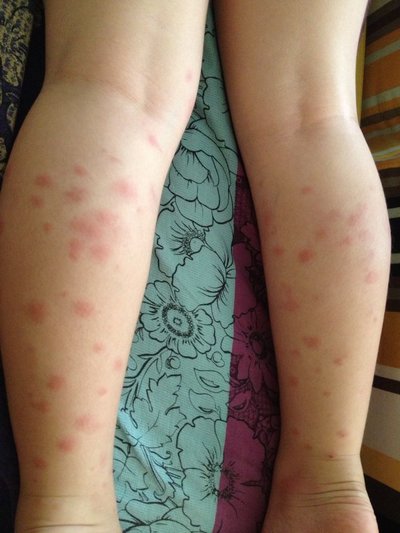
Purpura annularis telangiectosis: also known as major Chi disease, more young people, more women than men. Symmetry occurs in both lower limbs and can also affect the buttocks and trunk. At the beginning, it was a large hemorrhagic spot on the needle cap, which increased centrifugally outward and became a red annular patch with a diameter of 3 cm. The center was a melasma with hemosiderin deposition, and the edge showed active hemorrhagic ecchymosis and telangiectasia. The rash often appeared in batches. The course of the disease could reach several years, and it was difficult to heal and had a tendency of recurrence.
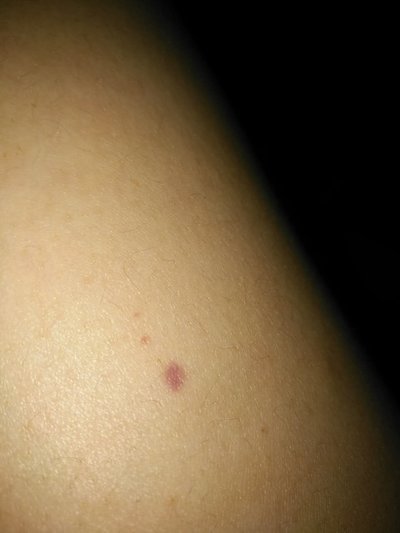
matters needing attention
When skin spots or itching, many friends just go to the drugstore to buy some antipruritic ointment. In fact, it is wrong to do so. We should find out the cause of the disease and treat it symptomatically. Improper treatment may aggravate the disease.












